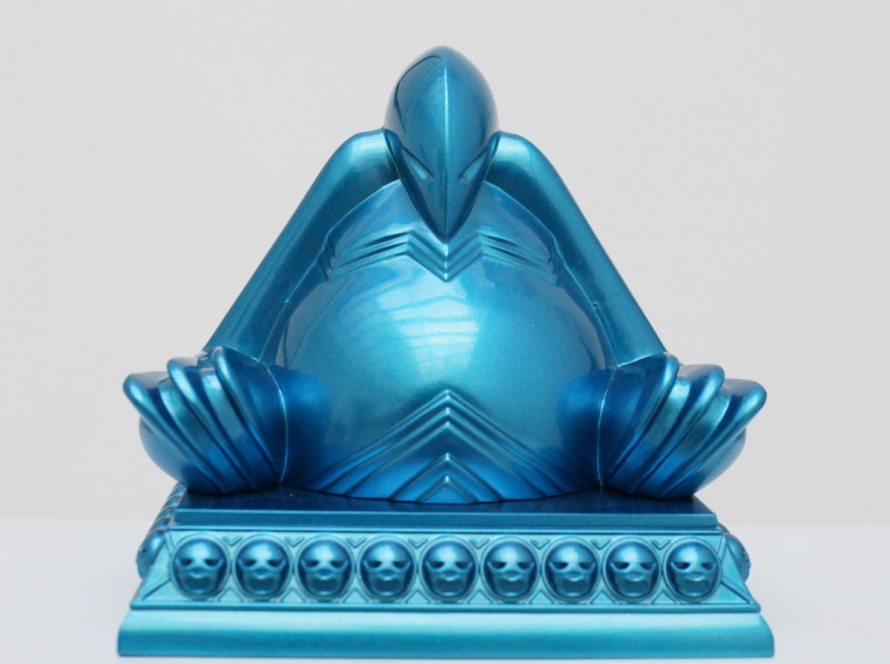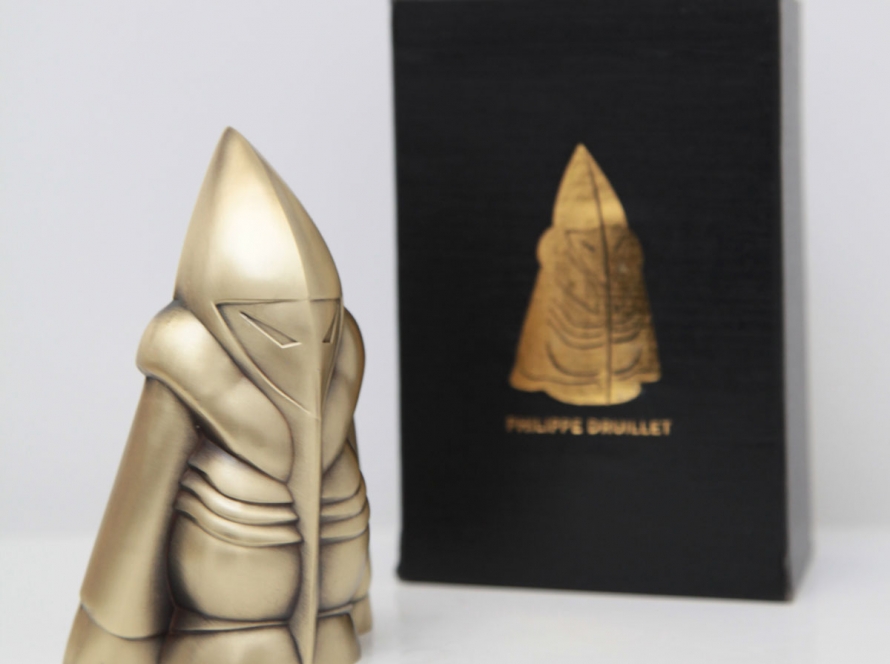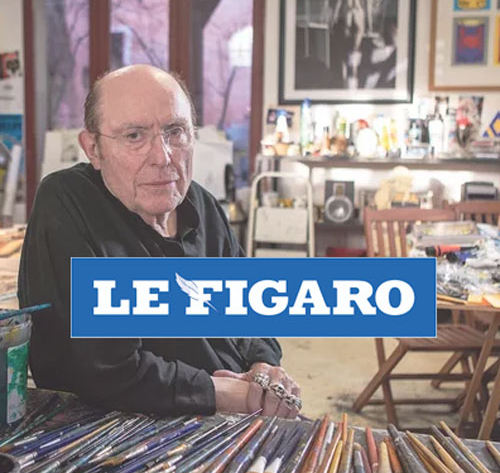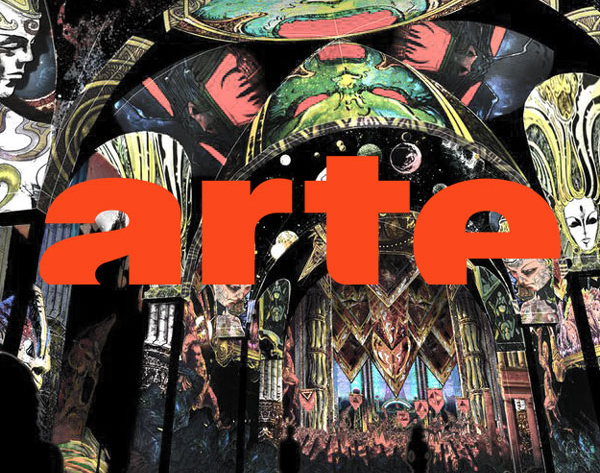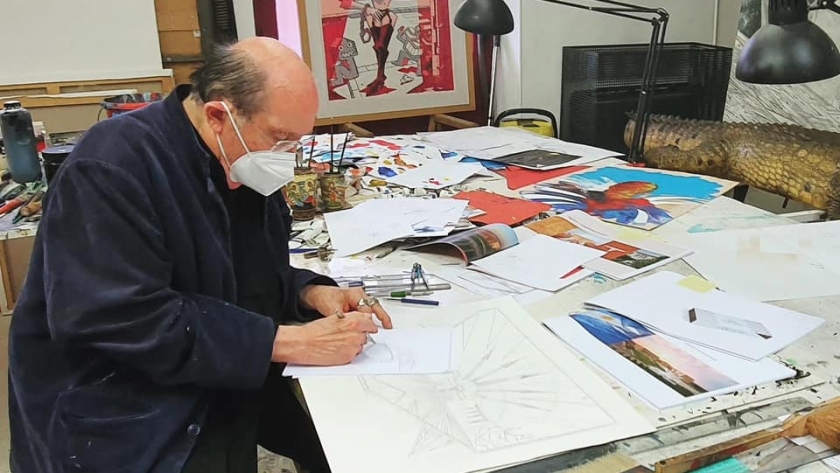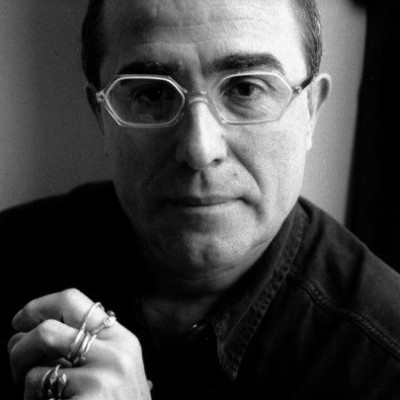
"Comics are an art of the future"
Philippe Druillet
Philippe Druillet was born in 1944 in Toulouse, and he spent his youth years in Figueiras, the city of Salvador Dali. He returned to France in 1952 after the death of his father. In 1960, he begun to do his first work, the photograph. During this period, he regularly went to the films where he met with some of the main figures of the era, as Jean Boullet. He collaborated with the revue Midi-Minuit Fantastique and became the correspondent of American magazine Famous Monsters of Filmland in France. Then he improved his technique of photogram and cinematography during his projection on screen. All his photographs were published in numerous international publications concerning the film and the fantasy. In 1965, he met his wife Nicole and started to discover the drawing. Eric Losfeld published his first book, entitled Lone Sloane – Le Mystère des abîmes (Lone Sloane – The Mystery of the Abyss).

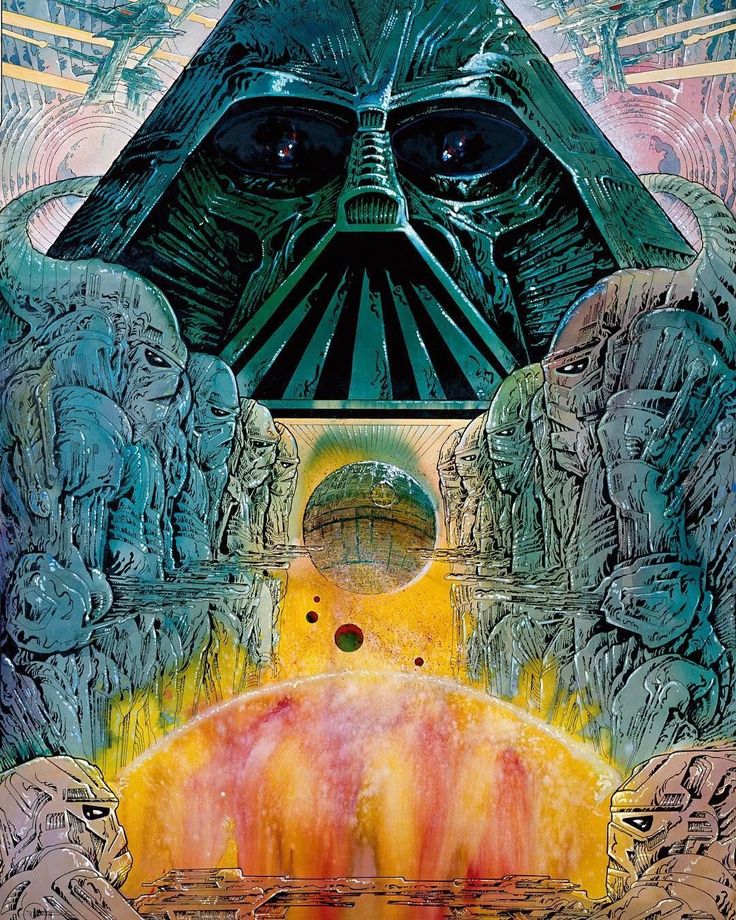
In 1970, he joined in the magazine Pilote with his new episodes of Lone Sloane with a style more blazing, in which Druillet innovated an audacious page layout and introduced the computer graphics in decors. In 1975, he associated with Moebius, Jean-Pierre Dinnet and Bernard Farkas creating the Les Humanoïdes Associés, a French publishing house specializing in comics, and the magazine Métal Hurlant. In 1975, torn by the death of his wife Nicole, Druillet created a violent and desperate story : La Nuit (The Night) for Rock and Folk.
In 1980, he produced the Salammbô, a comic-book trilogy based upon Flaubert’s proto-heroic fantasy novel Salammbô. In his albums, the drawers explored the different registers and always the innovators. In 1996, Druillet received the Grand Prix National des Arts graphiques (National Price of Graphics Arts). Together with Amélie Aubert and Benjamin Legrand, he created the Xcalibur, a French Canadian CGI sword-and-sorcery children’s television series with 40 episodes since 2002 on Canal+. Besides the comics programmes, Druillet has fed to his personal imaginary in artistic universe varied as the opera-rock, painting, sculpture, design, architecture and compter graphics.




